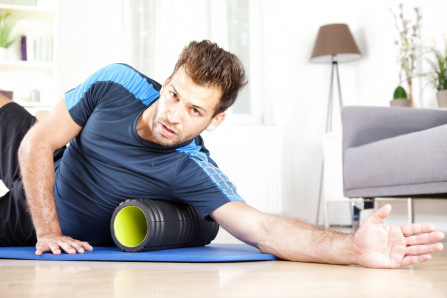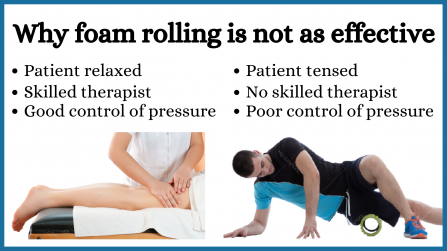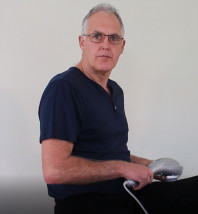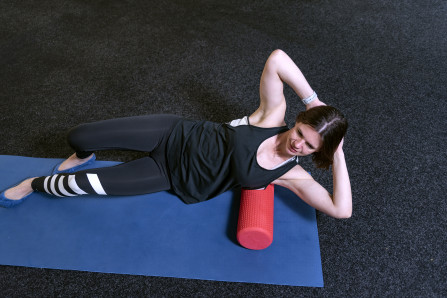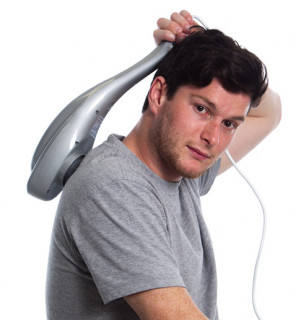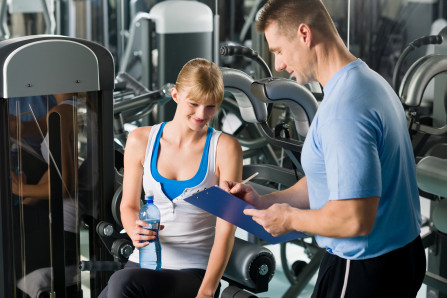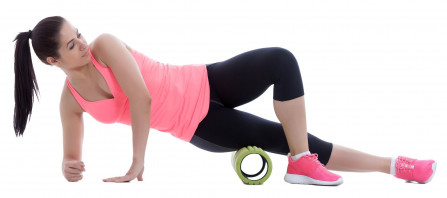
What foam rollers are supposed to do
Foam rollers have become a popular way to have practically unlimited self massage. They are inexpensive and can easily be carried to places such as your gym. Proponents say that they may not be as effective as having a professional therapist perform the therapy, but they allow practically unlimited massage for practically no cost. This is an excellent objective, but how safe and effective is self massage performed by foam rollers?
What foam rollers actually do
The reality is that foam rollers don't live up to their marketing claims. Clinical trial results are only minimal and inconsistant, and nothing like the results of professionally applied massage. Further, in real world usage with no supervision they would be even less effective, and in Chiropractic practice for 27 years we've seen a lot of people hurt themselves with one.
However, if you do have a foam roller there are still some benefits to be had so we'll:
- discuss the trial results so you know exactly what to expect and the best ways to use them,
- discuss how to minimise your risks, and
- some better alternatives.
CONTENTS
What are foam rollers
The benefits of foam rollers
Effectiveness of foam rollers compared with professional therapists
Table: summary of clinical trials of foam roller usage
Recommendations
Professionals
Referrences


